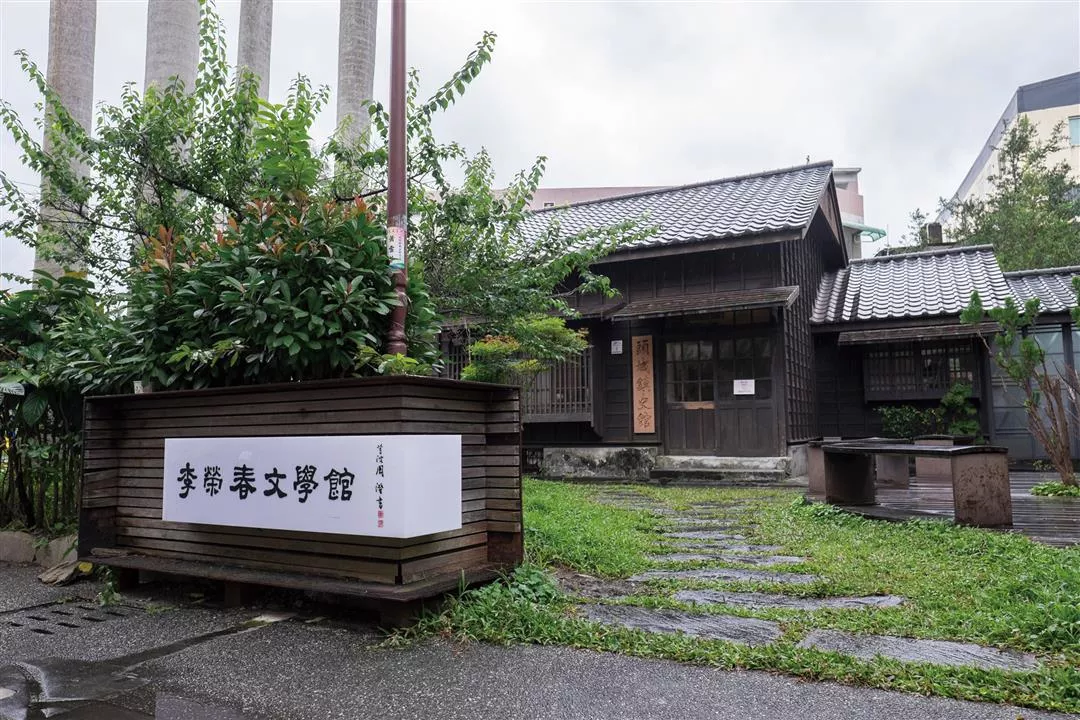A lifelong mission
Born in Toucheng in 1914, Lee Rong-chun was his family’s fourth child. When his father died young, Lee’s mother, Huang Zhen, was left to raise the family on her own. Fortunately the children got along well with one another, and the home was both happy and harmonious. Lee spent his childhood amid Toucheng’s beautiful scenery, which honed his sharp powers of observation and his appreciation of fine things, and had his first chance encounter with literature in his teens, which planted the seeds of his lifelong authorial aspirations.
Lee joined the “Taiwan Farmers’ Volunteer Brigade,” a division of the Japanese military composed of Taiwanese soldiers, in 1937 at the age of 24. Ordered to mainland China, he ultimately spent nine affecting years there. It was during this period that he first read and was moved by Lu Xun’s vivid storytelling. Lee’s stylistic hallmark—meticulous depiction of details in simple, accessible language—may even have been inspired by Lu Xun’s work.
Lee began his writing career in China, turning the wartime suffering he personally witnessed and heard about into his first piece of fiction, the 600,000-character-long Motherland and Compatriots. Unlike the majority of Taiwan’s native postwar writers, who wrote in Japanese, Lee wrote in Chinese, and his first-hand account of the war in China supplemented Taiwanese readers’ understanding of events there. Having completed the book in 1952 at the age of 39, Lee won a cash prize from the Chinese Literature Awards Committee in 1953. He used the money to publish roughly one-third of the novel himself. Unfortunately, the novel, the only work he succeeded in publishing in his lifetime, sold poorly and lost him money.
Lee returned to Taiwan in 1947, living with his youngest brother and caring for his nephew Li Jingming as if he were his own son. Li remembers his uncle as a lifelong bachelor unwilling to take on mentally taxing jobs. Instead, he rose early in the morning to write and spent his afternoons doing just enough part-time work to keep body and soul together, and to buy paper and ink. He never feasted or caroused, instead spending almost all of his time writing.

Located in a Japanese-style building on a quiet Toucheng street, the Lee Rong-chun Literary Museum invites travelers to travel back in time and learn about Lee’s 80-year life. (photo by Chuang Kung-ju)